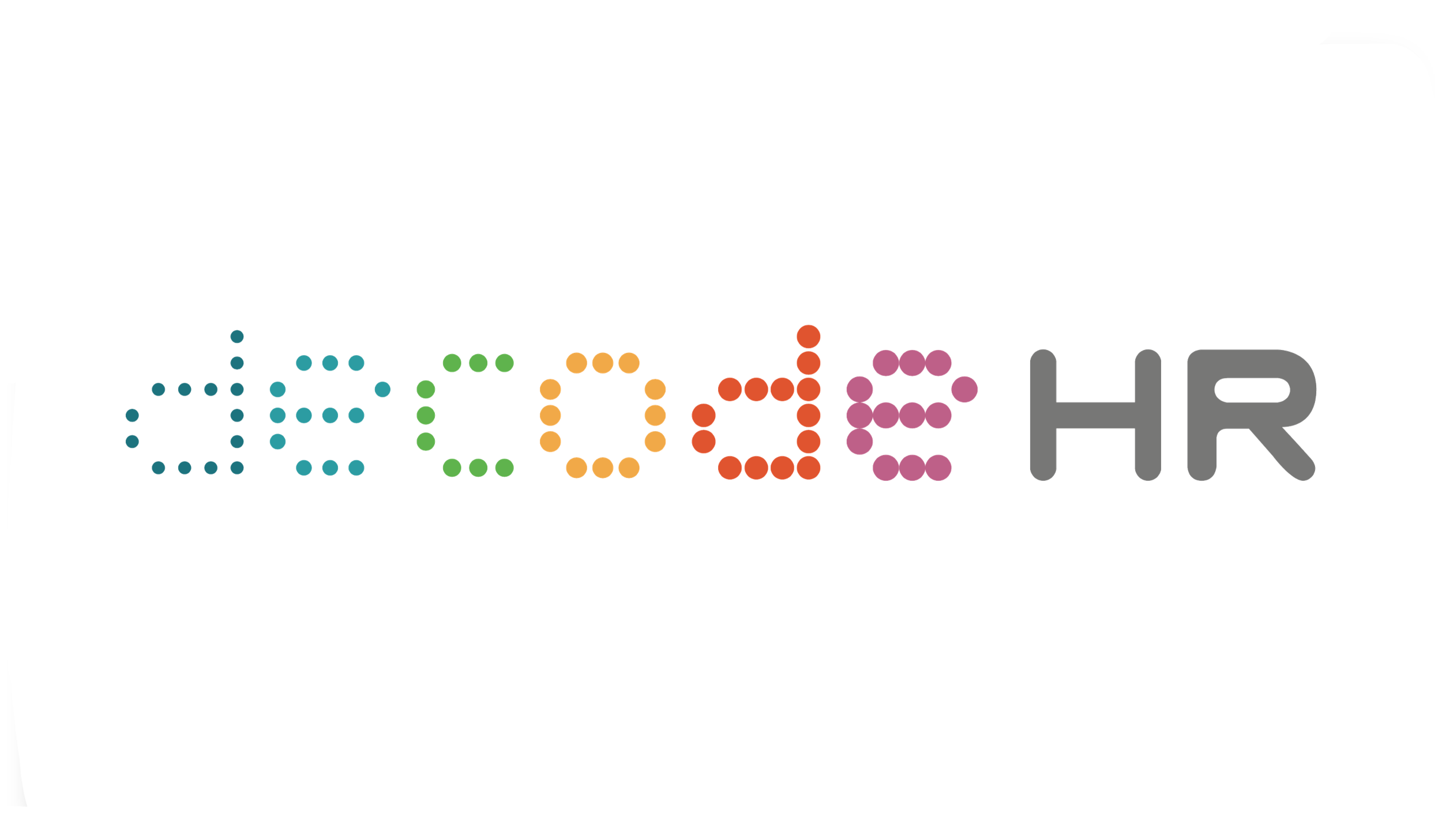(HBR) Break Your Industry's Bottlenecks
If you want to create a successful business, you have to do more than win your share of customers or control costs—you have to break the rules and overturn the received wisdom about how things work.
Consider the airline industry. High-priced landing fees are just a cost of doing business, right? Ryanair didn’t think so. It turned Europe’s unused World War II landing strips into very low cost airports. To be a cell phone service provider, you need to invest in towers, networks, billing systems, and more, don’t you? India’s Airtel said no and leased virtually everything it needed from others. In sharply lowering its costs and improving its working capital model, Airtel was able to offer India’s impoverished consumers cell phone service at a dramatically reduced price.
So how can companies figure out what rules to break? Over the past five years, we have worked with more than 50 small and midsize companies that have managed to set “business as usual” to one side and solve big structural problems endemic to their industries, not just problems they alone face. In breaking those bottlenecks, they significantly reduced their costs—in some cases eliminating entire cost categories—or boosted demand levels, and sometimes both.
On the basis of our research and our work with these companies, we found that just about every “not business as usual” innovation was effective because it broke one of five types of bottlenecks: (1) an outdated purchase or usage experience, (2) a superfluous major expense category, (3) significant financial risks for customers, (4) disengaged or demotivated employees, and (5) detrimental side effects of the product or service. In the following pages, we’ll discuss each of these bottlenecks and how to break them by describing the experiences of five companies.
Read the full article at HBR.org
COPYRIGHT © 2020 DECODE HR PTE LTD. ALL RIGHTS RESERVED

